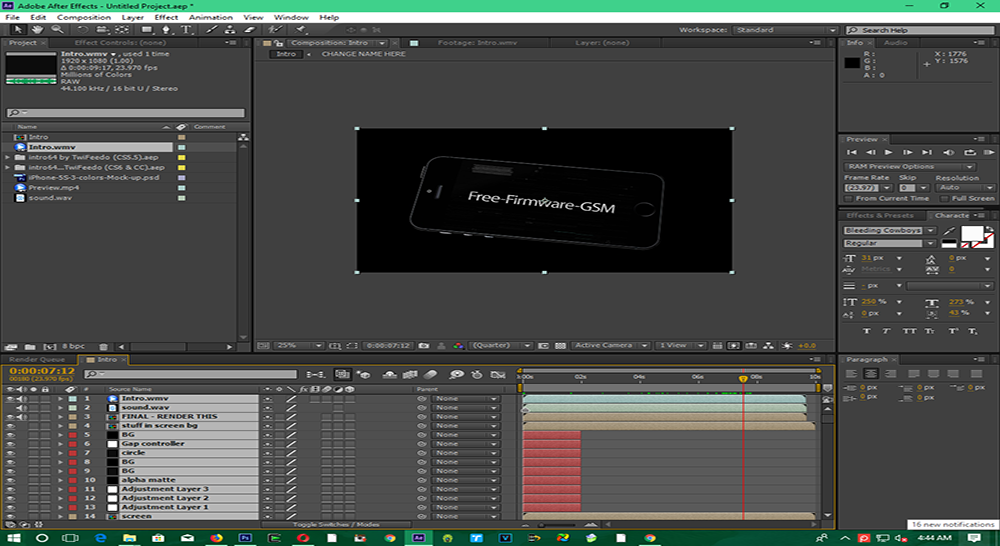

If the image is too dark, lower the opacity of the top layer until it’s bright enough. This will have blended the two exposures. You’ll see that the arrow splits in half. Hold down Ctrl & Alt, or CMD and Option on a Mac, left-click on the arrow to the left, and slide it to the right. Next, double click on the top exposure, to the right of the layer thumbnail. Layer your images in Photoshop, placing the base exposure, or brightest exposure at the bottom.Ģ. You can use as many exposures as you wish, but here we’ll keep it simple with just two.ġ. I’m absolutely sure I’m not the first person to use this for exposure blending, but having so little information out there around it, I created a quick tutorial in the hope of adding another skill to your ever-growing arsenal of post-processing tools.

I searched the internet and couldn’t find any articles or tutorials relating to this technique. I tried it, and sure enough it worked well. It came to me that we may be able to blend multiple exposures in the exact same way. I came across this technique last year while experimenting with blending adjustment layers in the Layer Styles dialogue.
#CS6 HDR EFFECT 32 BIT#
Video tutorial (For PS users with CS6, see this tutorial on 32 bit & ACR) Please note, this is a slightly more advanced tutorial which assumes you have an understanding of both luminosity masks and 32-Bit HDR. You can download my free luminosity mask actions here, which generate the masks for you: Free Luminosity Mask Actions
#CS6 HDR EFFECT HOW TO#
In the video below, I show you a full digital workflow on how to combine 32 bit HDR processing with luminosity masks to create a clean, balanced image.

Since you already have the above luminosity mask tutorial, I’m happy to show you another benefit of luminosity masks – they’re very flexible! Not only do they allow us to blend multiple exposures, we can also combine them with other HDR processes. I’ve already a written a comprehensive beginner’s tutorial on luminosity masks for, which you can see here: While far from perfect, as with all forms of HDR, there is no greater way to gain fine control over your workflow. There are many different ways to blend exposures, but in this article, we’ll look at four: luminosity masks, the Rapid Blend If technique, gradient masking, and apply image.įor me, luminosity masks are the pinnacle of digital blending. We do not alter our exposures in anyway, thus maintaining the natural coloring, sharpness and quality of the original image. With digital blending we are taking the blending process into our own hands, and merging exposures manually in Photoshop. How to create natural HDRs without tone mappingĪ lot of photographers use forms of digital blending to create clean, crisp HDR images. In the world of HDR, there are many different methods of exposure blending, some of which help to create beautifully clean images, while others aren’t quite as tidy. This is one of the last images I tone mapped, almost a year and a half ago:
#CS6 HDR EFFECT SOFTWARE#
The results you obtain depend entirely on the software you use and the way in which you use that software. But not all tone mapping produces messy images. Essentially, what we’re really referring to isn’t HDR photography, it’s tone mapping, a particular type of HDR.


 0 kommentar(er)
0 kommentar(er)
